5 Benefits of Hiring a Certified Roofing Contractor
It’s not every day that you’re tasked with hiring a contractor for a roofing project. However, you don’t need to be a home improvement expert to know...
Whether you’re shopping for a cell phone, a car, or new kitchen gadget, you feel some peace of mind when there's a product warranty included. That's why, when you have work done on your roof, you'll want to make sure you receive the best roofing warranty on the market.
Since your roof is a big investment, you'll want to make sure you receive a high-quality repair or replacement backed by the best roofing warranty available. That will helps make sure you're covered in the event of installation errors, defective materials, and more.
In our 30+ years in business, one of the most common problems we see over and over again is homeowners not knowing enough about roof warranty options to choose the right coverage for their homes. Because of this, we always give our customers a thorough rundown of their warranty options.
In today’s blog we’ll be going over:
Alright, let’s jump into it!
Although it may seem as though there’s a wide range of roof warranties, there are really just three main types:
Let’s take a closer look at the coverage provided by each type of roofing warranty and explain what it means in practical terms.
If you want your roof to last, it needs to be properly installed. Without proper installation, a roof could fail in as little as two years. That’s why it’s important to make sure your contractor offers a good workmanship warranty.
A workmanship warranty provides you with coverage against contractor installation errors. If your roof fails because of improper installation, the roofing company that issued the warranty will cover the cost of labor and any materials needed to make necessary repairs.
Here are some of the most common installation errors typically covered by workmanship warranties:
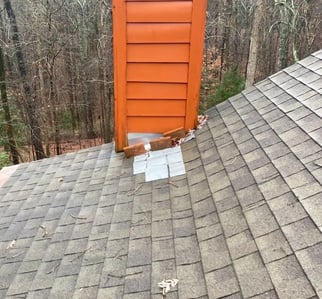
The length of a workmanship warranty varies from contractor to contractor. We've seen most workmanship warranties range between 2 to 25 years. However, some companies offer lifetime warranties. While a longer coverage period is better, a good workmanship warranty should protect you against material failures that occur because of installation errors regardless of the coverage term. If a contractor only offers a one-year warranty on a roof replacement, be cautious of working with them.
It’s also important to note that your contractor may only cover repairs up to a certain amount.
While you may want your warranty to cover your whole roof, coverage options range from contractor to contractor. To get the most coverage, compare estimates from different roofers to see which one offers the widest warranty coverage.
As you collect estimates, it can be difficult to keep them straight. To get a clear understanding of a contractor’s warranty coverage, you can:
Most roofing shingles come with a basic limited lifetime warranty from their manufacturer, which is the industry standard. In most cases, a lifetime warranty means you’re covered as long as you own your home.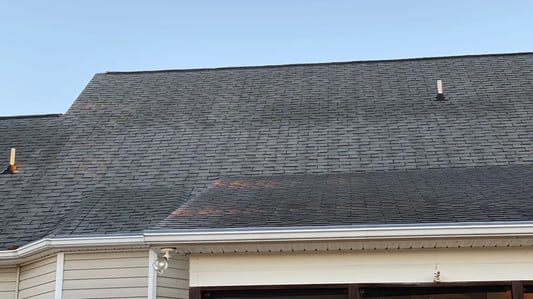
A standard manufacturer’s warranty covers the cost of replacing defective shingles for the first few years and then offers prorated coverage from that point on. If any shingles are found to be defective during the initial period, the manufacturer will give you replacement shingles at no extra cost.
While standard manufacturer warranties typically cover labor costs for installation, they usually don’t cover workmanship charges to remove and dispose of failed shingles. For that, you would have to upgrade to an enhanced manufacturer’s warranty. While these vary based on the manufacturer, they often cover the full replacement value as well as workmanship for a period of time.
A standard manufacturer’s warranty only provides coverage against factory defects. It doesn’t cover shingle failure due to improper installation or issues with other installation components like ice and water shield, underlayment, flashing, or box vents. However, manufacturers may even cover these components with their own separate warranties.
Most roofing materials come with a manufacturer’s warranty that’s pretty standard industry-wide. However, if you can get one, the warranty that will really keep you covered is an extended manufacturer’s warranty.
With this warranty, the manufacturer will pay to replace your entire roof if just one of their components fails. It’s also designed to give you comprehensive repair coverage for a longer period of time than with a standard manufacturer’s warranty.
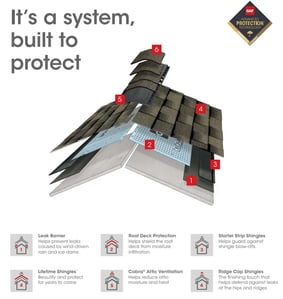 To qualify for an extended warranty, all of your roofing materials have to come from the same manufacturer. Your roof also has to be installed by a certified contractor with a proven track record of installing a roofing system according to the manufacturer’s installation requirements.
To qualify for an extended warranty, all of your roofing materials have to come from the same manufacturer. Your roof also has to be installed by a certified contractor with a proven track record of installing a roofing system according to the manufacturer’s installation requirements.
Warranty benefits differ from manufacturer to manufacturer. Some may offer just one extended warranty plan, while big-name manufacturers like GAF and CertainTeed may offer two, three, or more. Here are some common benefits you might see with an extended warranty offer:
The last thing any homeowner wants is to submit a claim only to find that their roof replacement warranty is null and void. Unfortunately, that’s exactly what happens when people assume they are covered with their warranties.
To protect your coverage, follow these four steps:
Your roof exists to protect your family and your possessions. As your roof protects your home, you must protect the warranty. These steps will keep you from being surprised by a voided warranty when you submit a claim.
Now that we’ve gone over the three types of warranties, you should feel more confident in your ability to choose the right one for your roof and home. However, in order to secure a great warranty, you need to work with a high-quality roofing contractor.
You can only get an extended warranty if your roof is installed by a certified contractor who has a good, long-standing relationship with the manufacturer of your roofing materials. Because of their time in the business and history of doing quality work, experienced contractors are more likely to have these relationships, so they can get you the best warranties.
On Tops Roofing has been installing roofs in North Carolina since 1991, and has the experience to back it up! Whatever your roofing project requires, We’re on it!
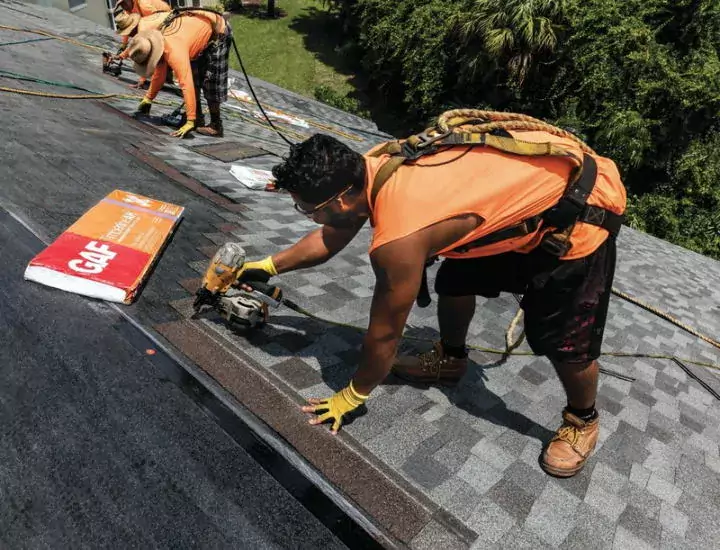
It’s not every day that you’re tasked with hiring a contractor for a roofing project. However, you don’t need to be a home improvement expert to know...
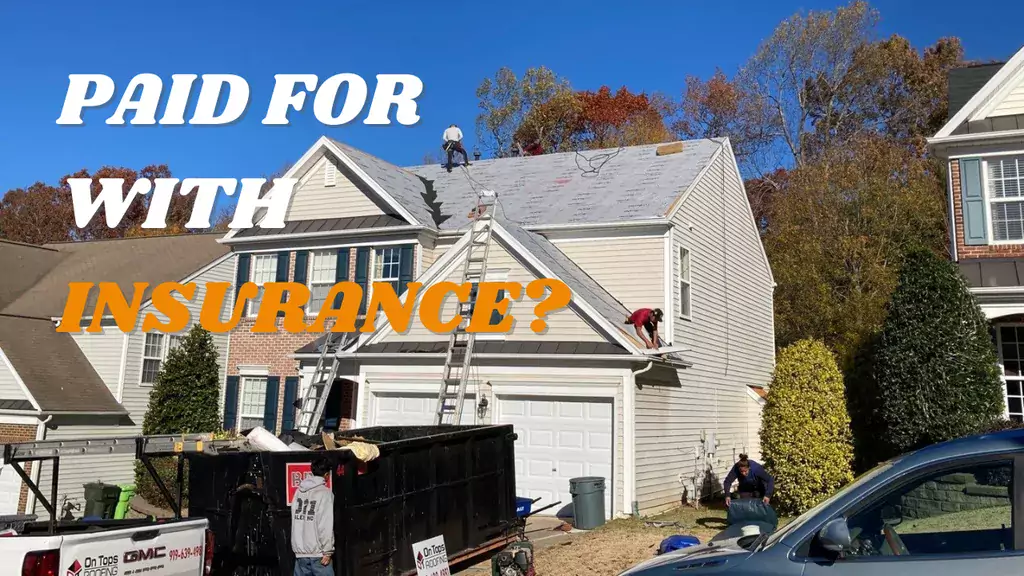
Severe storms stir up all kinds of trouble. They can cause floods, blow around your outdoor furniture, damage cars, and most pertinent to us, wreak a...
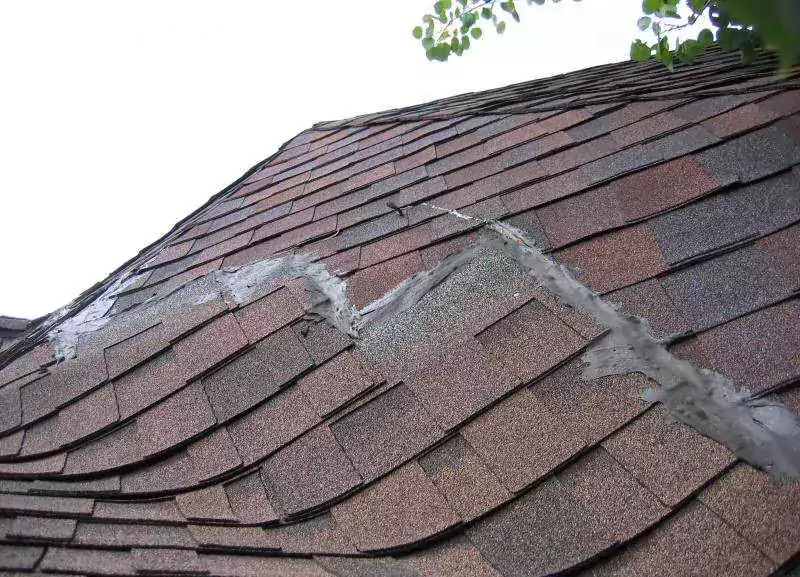
When it comes time for a roof replacement, the number one thing most homeowners are concerned about is price. While you may be tempted to choose the...